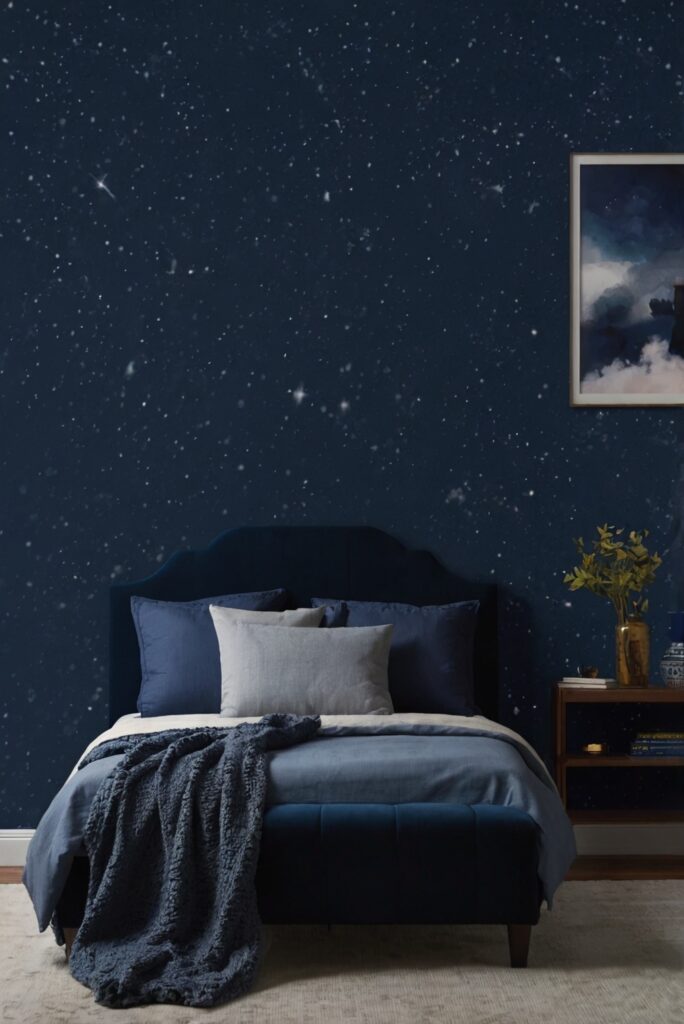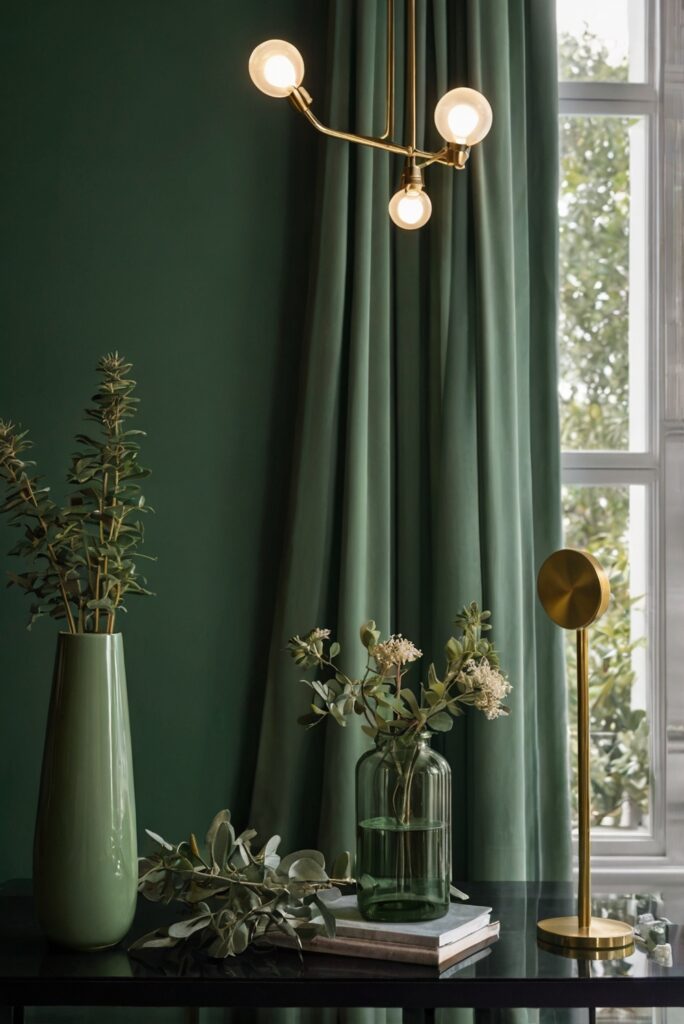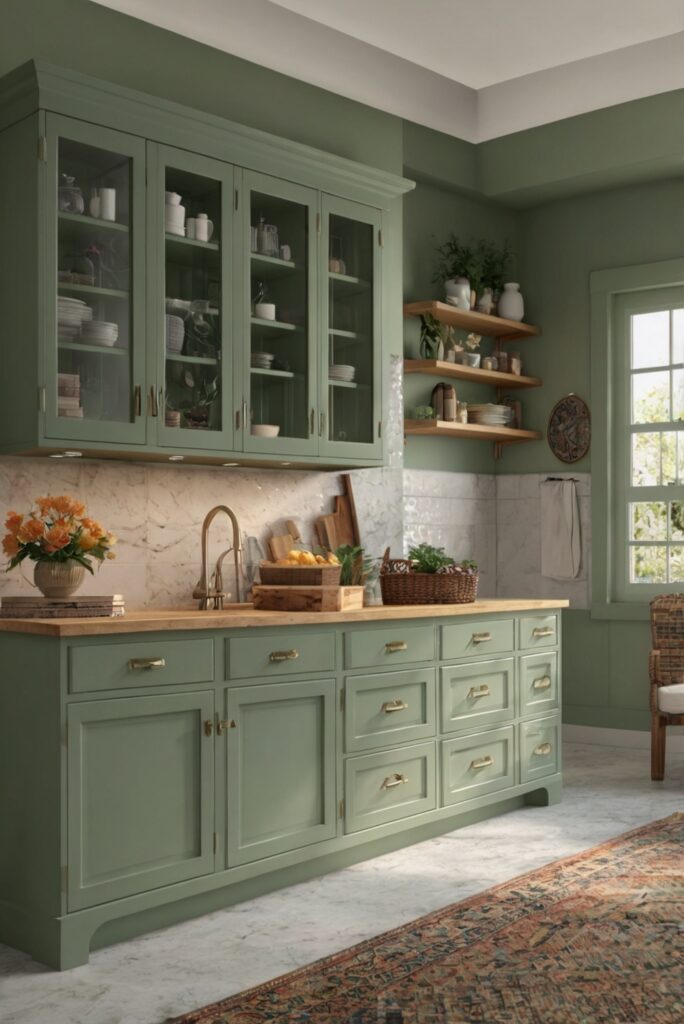Explore the magic of dark blue hues in your interior design with this daily routine for enhancing walls. Elevate your space with sophisticated and calming tones.
To enhance your walls with dark blue hues, start by choosing the right shade of blue that complements your home decor interior design. Consider the lighting in the room as dark colors can make a space appear smaller. Use primer paint for walls to ensure a smooth finish and better adhesion of the blue paint. Space planning is crucial to create a balanced look, so consider the size and layout of the room before painting.
When painting, opt for quality paint that offers good coverage and durability. Make sure to match the paint color with your existing furniture and decor for a cohesive look. Consult with interior designers or color experts for advice on the best shades of blue for your space. Consider adding accent walls or decorative elements in lighter colors to create contrast and visual interest.
Taking these steps will help you create a stylish and inviting space with dark blue hues while avoiding any potential risks of overwhelming the room or clashing with existing elements. Be organized throughout the process to ensure a smooth and successful home decorating project.
Transform Your Space with Dark Blue Hues:
When it comes to enhancing your walls with dark blue hues, it’s essential to understand the impact of color on your space. Dark blue is a versatile color that can add depth, sophistication, and a sense of calm to any room. Whether you’re looking to create a cozy atmosphere in your living room or a serene retreat in your bedroom, dark blue hues can help you achieve the desired effect.
Choose the Right Shade of Dark Blue:
Before you start painting your walls, it’s crucial to choose the right shade of dark blue. Consider the lighting in the room and the existing decor to ensure the color complements the space. Dark navy blue, indigo, or royal blue are popular choices that can create a dramatic yet elegant look. Sample the paint colors on the walls to see how they appear in different lighting conditions before making your final decision.
Accentuate with Contrasting Colors:
To enhance the dark blue hues on your walls, consider accentuating them with contrasting colors. White, cream, gold, or silver accents can create a striking visual contrast and highlight the richness of the dark blue color. Incorporate these contrasting colors through furniture, artwork, throw pillows, or curtains to create a cohesive and visually appealing look.
Experiment with Different Textures:
Adding texture to your walls can further enhance the dark blue hues and create a multi-dimensional look. Consider using textured wallpaper, faux finishes, or decorative wall panels to add depth and visual interest to the space. Textured surfaces can reflect light differently, creating a dynamic play of light and shadow that enhances the richness of the dark blue color.
Layer with Lighting:
Proper lighting is key to enhancing the dark blue hues on your walls. Experiment with different lighting fixtures, such as wall sconces, recessed lights, or pendant lamps, to create a warm and inviting ambiance. Use soft, warm-toned light bulbs to complement the dark blue color and create a cozy atmosphere. Additionally, strategically placing mirrors can help reflect light and brighten the room, enhancing the overall effect of the dark blue hues.
By following these tips and techniques, you can enhance your walls with dark blue hues and create a stylish and sophisticated space that reflects your unique style and personality.
1. How can I incorporate dark blue hues into my wall decor?
To enhance your walls with dark blue hues, you can consider painting an accent wall in a deep blue shade or using dark blue wallpaper for a dramatic effect. You can also add dark blue artwork, frames, or decorative items to create a cohesive look. Additionally, you can choose dark blue furniture or curtains to complement the walls and tie the room together.
2. What are some color schemes that work well with dark blue walls?
Dark blue walls can be paired with various color schemes to create different moods. For a classic look, you can combine dark blue with white or cream accents. For a more modern feel, you can pair dark blue with metallics like gold or silver. Dark blue also works well with earthy tones like tan, beige, or olive green for a cozy and inviting atmosphere.
3. How can lighting affect the appearance of dark blue walls?
Lighting plays a crucial role in enhancing dark blue walls. Natural light can bring out the richness of the color and create a vibrant atmosphere. To maximize the impact of dark blue hues, you can use warm-toned light fixtures or lamps to create a cozy ambiance. Dimmer switches can also be used to adjust the brightness and intensity of the lighting to highlight different aspects of the walls.
4. What are some tips for choosing the right shade of dark blue for my walls?
When selecting a dark blue hue for your walls, consider the size of the room and the amount of natural light it receives. In smaller rooms, opt for lighter shades of dark blue to prevent the space from feeling too cramped. In larger rooms with ample natural light, you can go for deeper shades of dark blue to create a bold statement. It’s also important to test paint samples on the walls to see how the color looks in different lighting conditions before making a final decision.
5. How can I accessorize my dark blue walls to enhance their visual impact?
To enhance the visual impact of dark blue walls, you can add contrasting elements like white or metallic accents to create a striking contrast. Consider incorporating textured decor such as velvet pillows, woven rugs, or wooden furniture to add depth and dimension to the space. You can also use mirrors to reflect light and make the room feel more spacious. Additionally, hanging artwork or decorative mirrors on the walls can draw the eye and create a focal point in the room.



